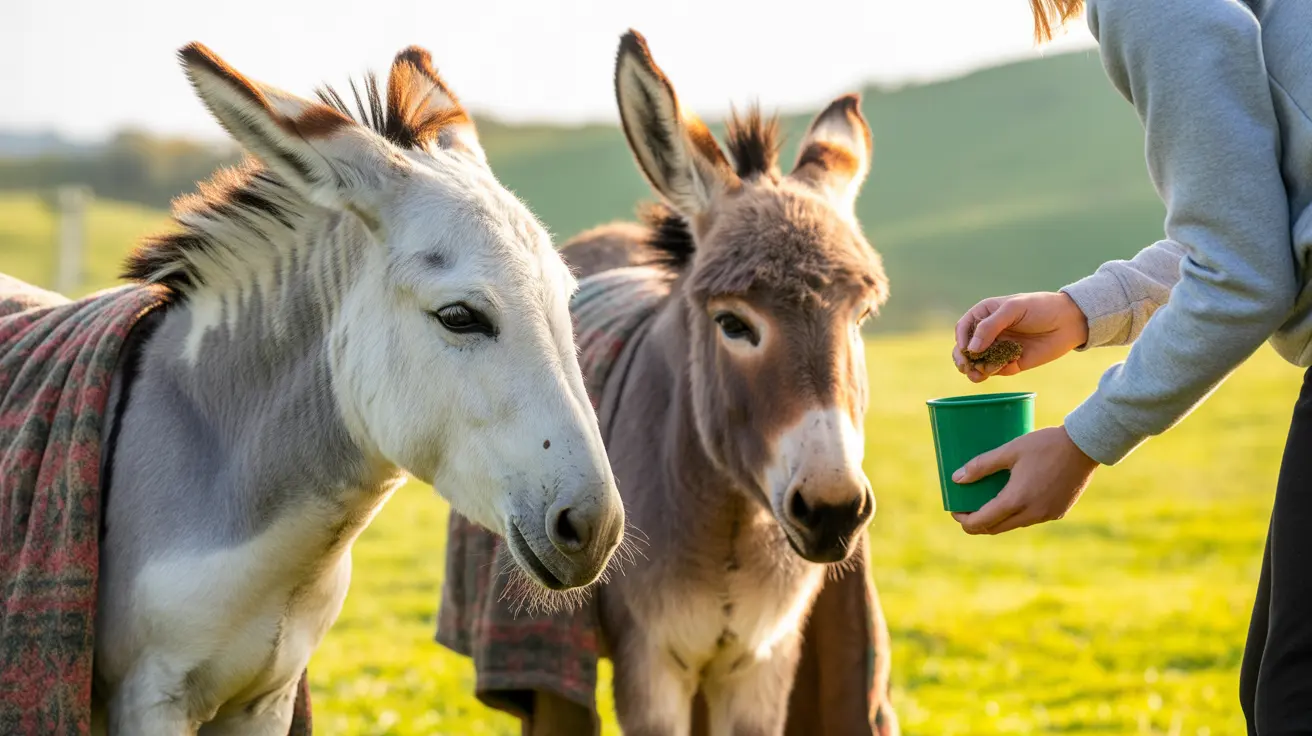Best Soft Foods for Cats with No Teeth
As cats age or deal with dental health problems, losing teeth can significantly affect their ability to eat. Fortunately, many soft food options are not only nourishing but also gentle on sensitive gums. Selecting the right type of food can ensure your toothless feline leads a happy, healthy life.
Why Do Cats Lose Their Teeth?
Tooth loss in cats can occur due to various reasons:
- Periodontal Disease: A common dental problem leading to inflamed gums and tooth loss.
- Trauma: Injuries or accidents can knock out or damage teeth.
- Resorptive Lesions: Painful decay that forces the removal or loss of teeth.
- Aging: Over time, natural wear and weakened enamel lead to loss of teeth.
Key Qualities of Ideal Soft Food
When choosing food for a toothless cat, consider these characteristics:
- Soft texture: Easy to mash and doesn’t require chewing.
- Moist: Keeps the cat hydrated and is easier to swallow.
- High protein: Cats are obligate carnivores and need meat-based diets.
- Palatable: Enhances appetite, especially in older or ill cats.
Top Soft Food Options for Cats Without Teeth
- Wet/Pâté-Style Canned Food
These foods are smooth, moist, and easy for toothless cats to eat. Pâté-style varieties are especially good because they require no chewing. - Moistened Dry Food
Soaking kibble in warm water or broth softens it enough to be manageable for cats with no teeth. - Homemade Cooked Meat
Shredded or finely chopped boiled chicken, turkey, or fish can be gentle and nutritious. Always serve without seasoning or bones. - Prescription Soft Diets
Veterinarians may recommend therapeutic diets tailored for dental issues or sensitive digestion, often available in soft formulations. - Blended or Pureed Food
Using a food processor, you can puree soft meats or canned food into a smooth paste, ensuring easy ingestion.
Nutritional Needs of Toothless Cats
Just because a cat has no teeth doesn't mean their nutritional needs change. In fact, maintaining a high-protein, low-carb diet remains crucial. Monitor for issues like weight loss or reluctance to eat, as these could signal that the food texture is still too challenging.
Tips for Transitioning to Soft Food
- Gradual Change: Introduce new foods slowly, mixing old and new to avoid stomach upset.
- Consistency: Keep feedings at consistent times to establish routine and comfort.
- Keep it Warm: Slightly warming food enhances aroma and flavor, enticing your toothless cat to eat.
Foods to Avoid
- Hard kibble: Even if swallowed whole, it can be difficult to digest and irritating.
- Raw bones or meat: May pose choking hazards or bacterial risks for cats with compromised dental health.
- Dairy products: Most cats are lactose intolerant, and dairy can cause gastrointestinal upset.
Conclusion
A cat without teeth can still enjoy a rich and fulfilling diet with the right food choices. Whether you opt for commercial canned food, vet-approved diets, or flavorful homemade options, the key is ensuring the food is soft, nutritious, and appetizing. Regular vet visits and observation will help ensure that your toothless feline thrives for years to come.





